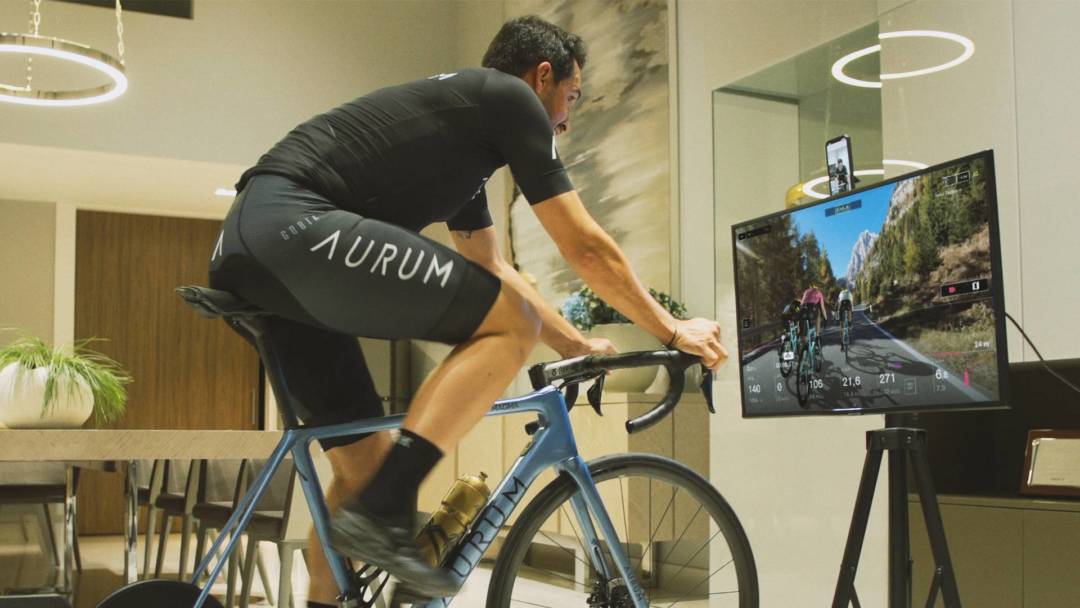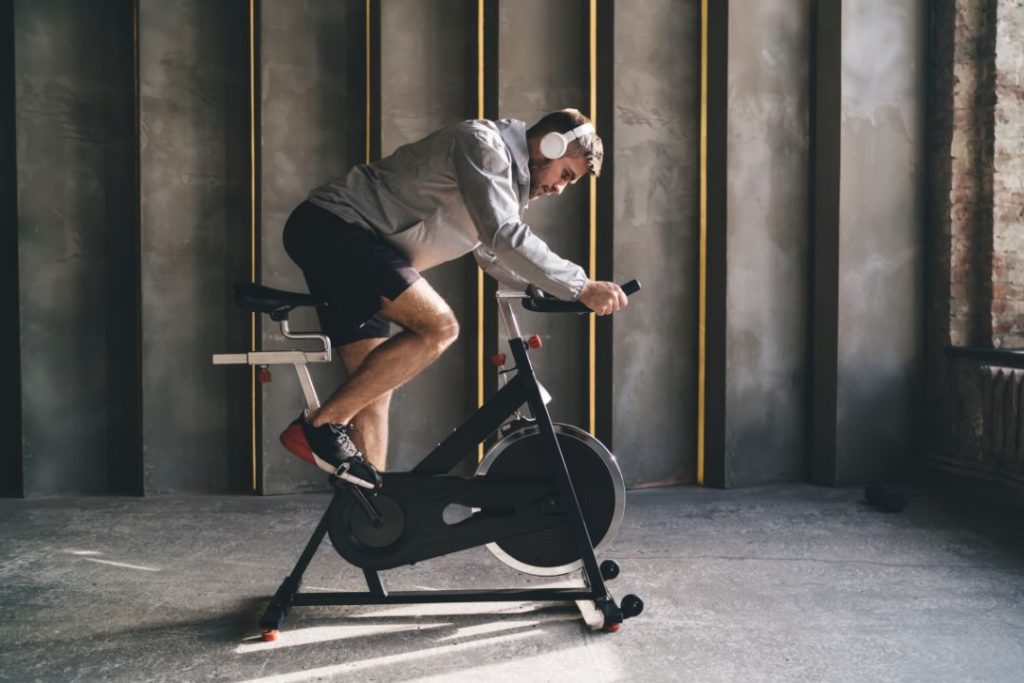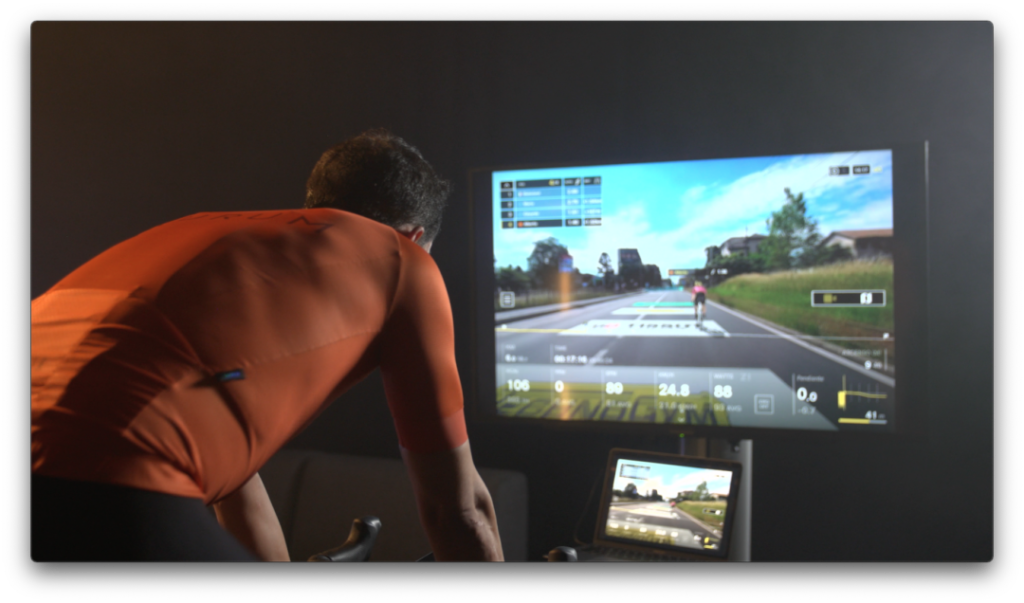There are no shortcuts to success in cycling. Strong legs and courage on the road are the result of hard and continuous work. So how can we improve our endurance and performance on the bike? Here are 10 essential keys to doing just that. Are you ready to enter this fascinating world?
Top 10 Proven Strategies to Improve Cycling Endurance and Performance
Planning and Setting Clear Objectives to Improve Cycling Endurance
Building solid endurance in cycling doesn’t happen overnight. As with any sport or skill, it takes dedication, effort and, most importantly, planning. Here’s a breakdown of how to do it:
- Setting short and long-term goals: Before hitting the road, mountain, or trails, determine your objectives. Are you training for a competition or a cycling tour? Looking to increase your daily distance? Define your goals, both short and long term, making sure they’re measurable and attainable.
- Creating a training plan: A well-structured plan will guide your progress. This can include a mix of outdoor and indoor training, varying intensities, scheduled rest days, and more. Here, as we’ve often mentioned, BKOOL is your travel companion, your best ally.
- Monitoring progress: Keep track of your improvements. Note your distances, times, how you felt during training, etc. This will allow you to adjust your plan as needed and will keep you motivated as you see improvement. Remember, every session you complete with us will be saved in your history, and you can also automatically share them with tracking platforms like Strava or TrainingPeaks.
- Flexibility and adaptation: Not every day will be perfect. There will be times you’ll need to adjust your plan due to unforeseen circumstances. The key is to be flexible and adapt. One advantage of indoor training, for instance, is that you can maintain your regimen even when the weather isn’t ideal.
- Consult experts if necessary: If you feel stagnant or need further guidance, don’t hesitate to seek advice from a professional coach or join a cycling group. The experience and support from others can work wonders for your progress.
- Planning and setting clear goals provide a solid foundation for any improvement in cycling endurance. They give direction, keep you focused, and help you get the most out of every training session. Remember, success in cycling isn’t about pedaling aimlessly; it’s about pedaling with purpose.
Maximizing Indoor Training Sessions to Boost Cycling Stamina
When we think of cycling, open roads, trails, and natural landscapes automatically come to mind. However, indoor sessions are a crucial and highly effective component for any cyclist looking to enhance their endurance. Why? Let us explain:
- Simulating specific routes: Remember that with BKOOL, the significant advantage is that you can emulate any outdoor route. This way, when preparing for a cycling tour or a stage race with long-distance components, you can anticipate the elevations that await you.
- Total control over your sessions: You can adjust resistance, pace, and duration without worrying about traffic, weather, or terrain. This allows for complete focus on your performance and the areas you need to improve.
- Customized and guided sessions: We go even further, as BKOOL’s tools allow you to follow guided and tailored workouts. These trainings target various aspects of your endurance and skills, letting you focus on specific areas.
- Data tracking and analysis: With the ability to track and analyze your data in real-time, you can gain a deep understanding of your performance. This will help identify areas for improvement and will keep you motivated as you witness your progression.
- Convenience and flexibility: Indoor sessions can be done anytime, regardless of weather conditions or the availability of safe routes. This flexibility ensures that you can maintain a consistent routine, essential for developing endurance.
- Virtual Interaction and Competition: Group rides will help maintain intensity when ramping up. Want to ride accompanied? You can. Want to push yourself to the limit? You can do that too!
- Indoor sessions aren’t just an alternative to outdoor cycling; they’re an essential and multifaceted component of your training. They offer control, flexibility, analysis, and enjoyment, all in one convenient package. So, the next time the weather doesn’t cooperate or you want a focused session, never underestimate the power of hopping onto your indoor bike and connecting to BKOOL.
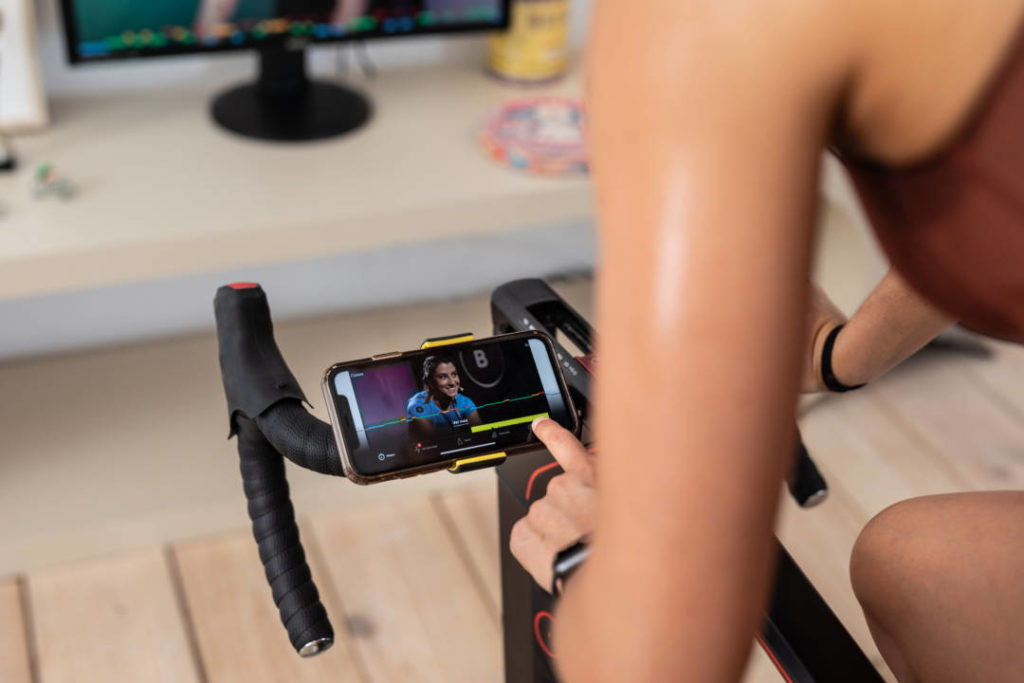
Optimizing Nutrition and Hydration for Long-Distance Cycling
Endurance in cycling depends not only on how much you pedal, but also on how you fuel and hydrate your body.
Starting with nutrition, it is vital to understand that food is your body’s fuel. A balanced diet that includes carbohydrates, protein, healthy fats, vitamins and minerals will give you the sustained energy you need for those long rides. Carbohydrates are especially important before and during workouts, as they provide the quick energy your muscles require. Protein, on the other hand, is essential for muscle recovery and repair after a demanding workout.
Hydration also plays a key role. Staying well hydrated not only improves your overall performance, but also prevents cramps and fatigue. Drinking enough water before, during and after your workouts is essential, and on longer runs, you may want to consider sports drinks that replenish electrolytes lost through sweat.
Effective Rest and Recovery Strategies to Improve Cycling Performance
In the quest to improve endurance, rest and recovery are often overlooked but equally crucial. Muscles and the cardiovascular system need time to recover and adapt to the stress of training. This is where rest comes into play as an essential ally. Dedicating rest days and making sure you get plenty of sleep not only allows your body to repair, but also prevents overtraining, which can lead to injury and a drop in performance.
Recovery, on the other hand, doesn’t simply mean stopping training. It includes active techniques such as stretching, massage, hydrotherapy and other practices that help muscles recover more quickly.
Supplementing your workouts with these techniques speeds recovery and improves flexibility, leading to better performance in the future. Ultimately, endurance isn’t just built on the bike or in training sessions, but also in how you take care of your body after you get off the bike.
Incorporating Cross-Training to Boost Cycling Endurance
Cycling, while exciting and challenging on its own, can benefit greatly from the integration of other training disciplines. This practice, known as cross-training, involves incorporating different types of exercises that complement your cycling skills and endurance.
A common example of cross-training for cyclists is the incorporation of strength and flexibility exercises. Lifting weights and working on your leg, core and upper body strength can add power to your pedalling. Flexibility, worked on through stretching or practices such as yoga, improves cycling posture, aids recovery and prevents injury.
In addition, activities such as running, swimming or even team sports can add variety to your routine, improving different aspects of your cardiovascular endurance and muscular strength. Not only does this make you a more well-rounded cyclist, but it also keeps your training regime fresh, reduces the risk of monotony and can prevent the physical wear and tear specific to constant cycling.
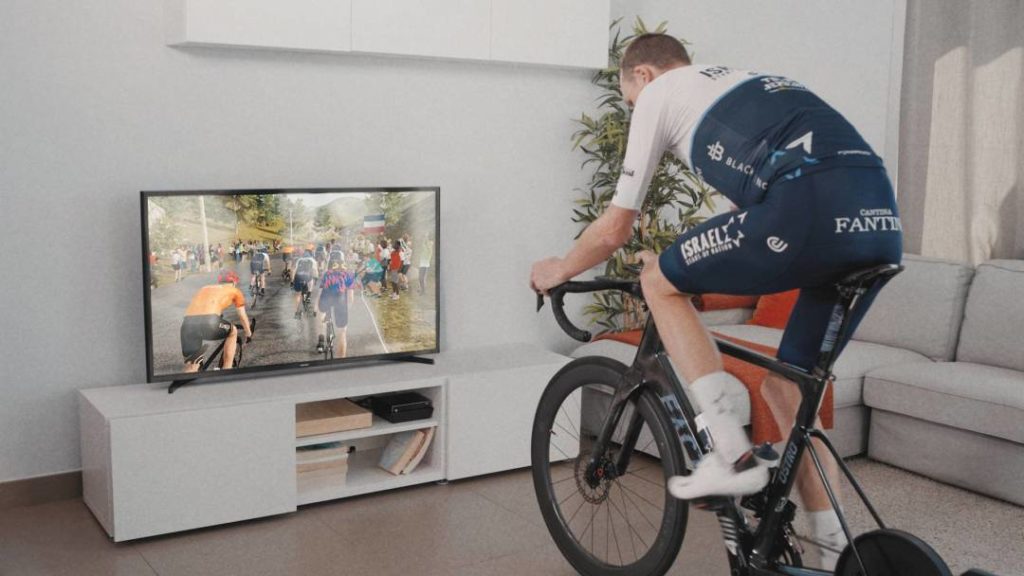
Don’t forget about anaerobic work
When we talk about endurance, we often think of sustained and constant efforts. But the reality is that anaerobic work, those short, intense efforts, play a crucial role in developing endurance and the ability to handle fatigue.
And in that sense, indoor training is an exceptional tool for seeking this kind of improvement.
Anaerobic work focuses on efforts that exceed your body’s ability to produce energy from oxygen alone. This means that you are working at a pace that you can only sustain for a short period of time. These efforts develop muscle strength and the ability to resist fatigue, essential skills for cyclists, especially in situations where a sprint or a rapid increase in speed is required.
At BKOOL you can set up specific high-intensity intervals, simulate steep climbs, or follow pre-set routines that focus on these types of efforts. Plus, by being in a controlled environment, you can focus completely on the task at hand without the distractions or variables of pedalling outdoors.
Diversifying Training Methods to Enhance Cycling Endurance
Training diversification is key to pushing your endurance to new levels. This means varying your routes, your intensities and also the mode of training. The inclusion of incline sessions, high intensity intervals, and longer, more relaxed sessions all contribute to a more complete and balanced growth.
This variation not only keeps your workouts from becoming monotonous, but also challenges you in new ways, which in turn helps you push through plateaus and continue to progress.
In addition, diversification also includes incorporating other types of fitness training to complement your cycling performance. Including strength training, flexibility exercises and even mindfulness practices can have a positive impact on your endurance.
For example, strengthening your core and upper body muscles helps you maintain correct posture on the bike for longer, while flexibility improves recovery and prevents injury. Training diversification, therefore, is a holistic approach that sees cycling endurance development as an interaction of different skills and practices, all contributing to making you a stronger and more resilient cyclist.
Developing a Positive Mindset to Overcome Challenges
It may sound strange, but endurance and the ability to go the extra kilometres is not only built in your legs, but also in your mind.
Maintaining a positive and focused mindset is crucial to overcoming the challenges and barriers you may encounter in your training and racing. The way you mentally approach a steep hill, a windy day or a particularly tough training session can make a big difference to your performance. Confidence in your abilities, visualising your success and using positive affirmations can strengthen your mental resilience and help you get through the times when your body starts to tire.
In addition, a positive mindset extends beyond your time on the bike. It includes how you deal with setbacks, how you recover from tough days, and how you prepare for future training and competitions. Practising gratitude for your achievements, big or small, and focusing on what you have learned, rather than what you have not achieved, will cultivate a positive attitude that will benefit you both on and off the road.
Listening to Your Body to Prevent Injuries and Fatigue
Listening to your body is essential in the quest for greater endurance in cycling. Paying attention to signs of fatigue, pain or any other unusual discomfort will help you avoid injury and adapt your training to your actual needs.
Indoor sessions, like the ones we offer at BKOOL, allow for a greater focus on how your body feels during training. This self-awareness and honesty with yourself will not only prevent long-term problems, but will also guide you towards a steady and healthy improvement of your endurance.
Using the Right Equipment to Maximize Cycling Efficiency
Choosing the right equipment is more than just an aesthetic preference; it is essential for an optimal cycling experience. The right bike, matched to your size and riding style, along with accessories such as helmets, gloves and specialised footwear, can make a big difference to your performance and comfort.
As for indoor training, use a quality trainer that can be set up correctly. Then you have us to help you make the virtual experience as realistic as possible.
BKOOL is the most complete cycling simulator on the market, try it FREE for 30 days!
 Go to BKOOL
Go to BKOOL
